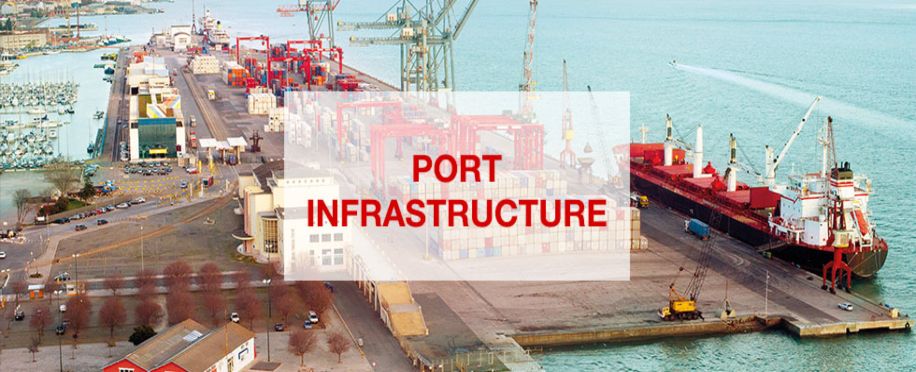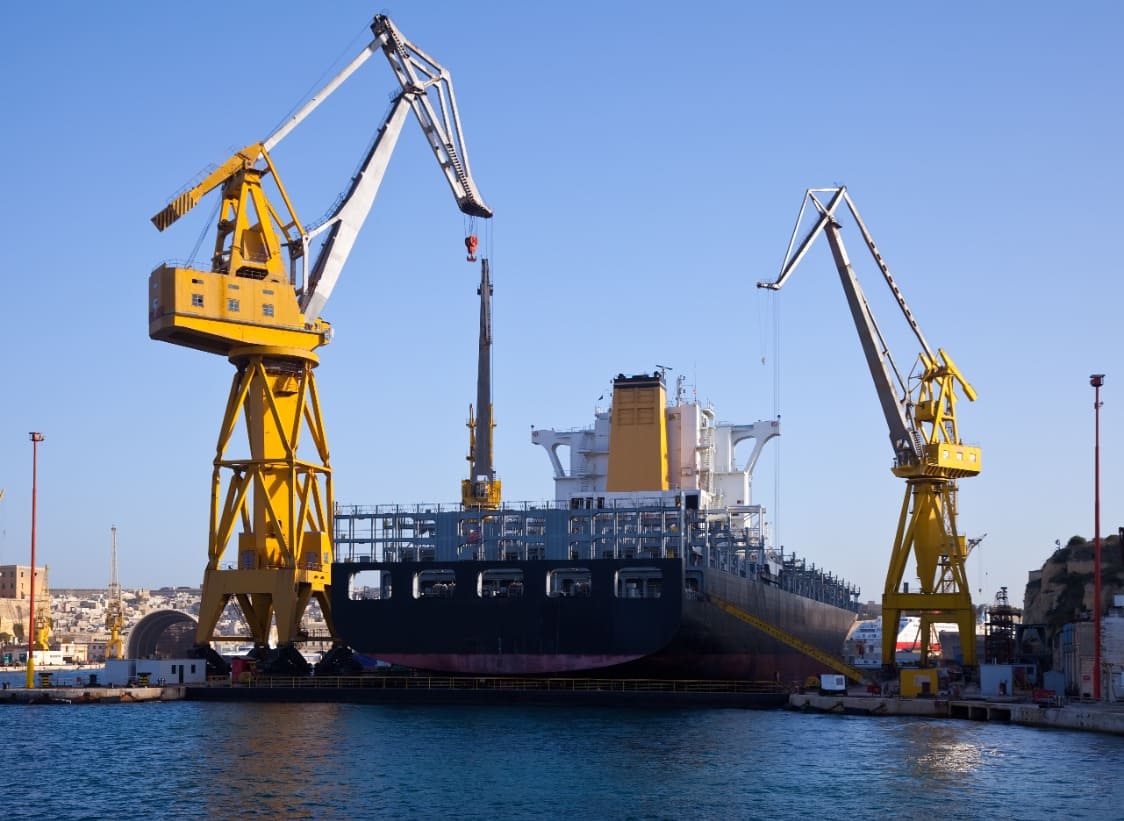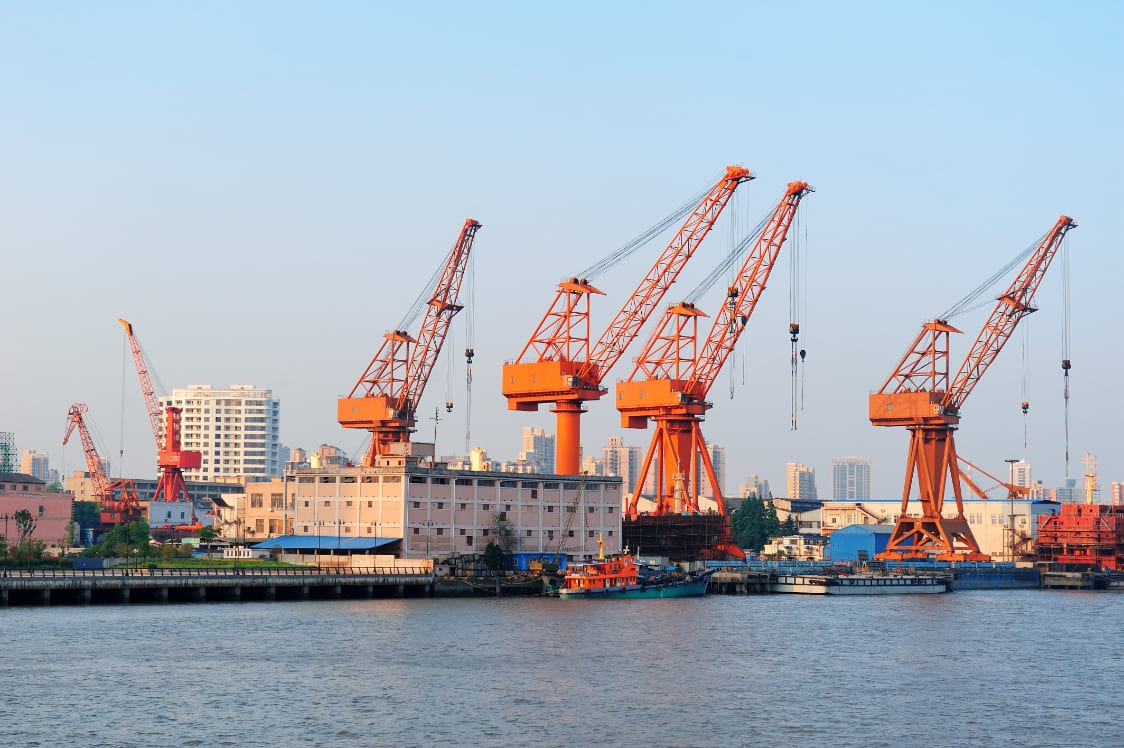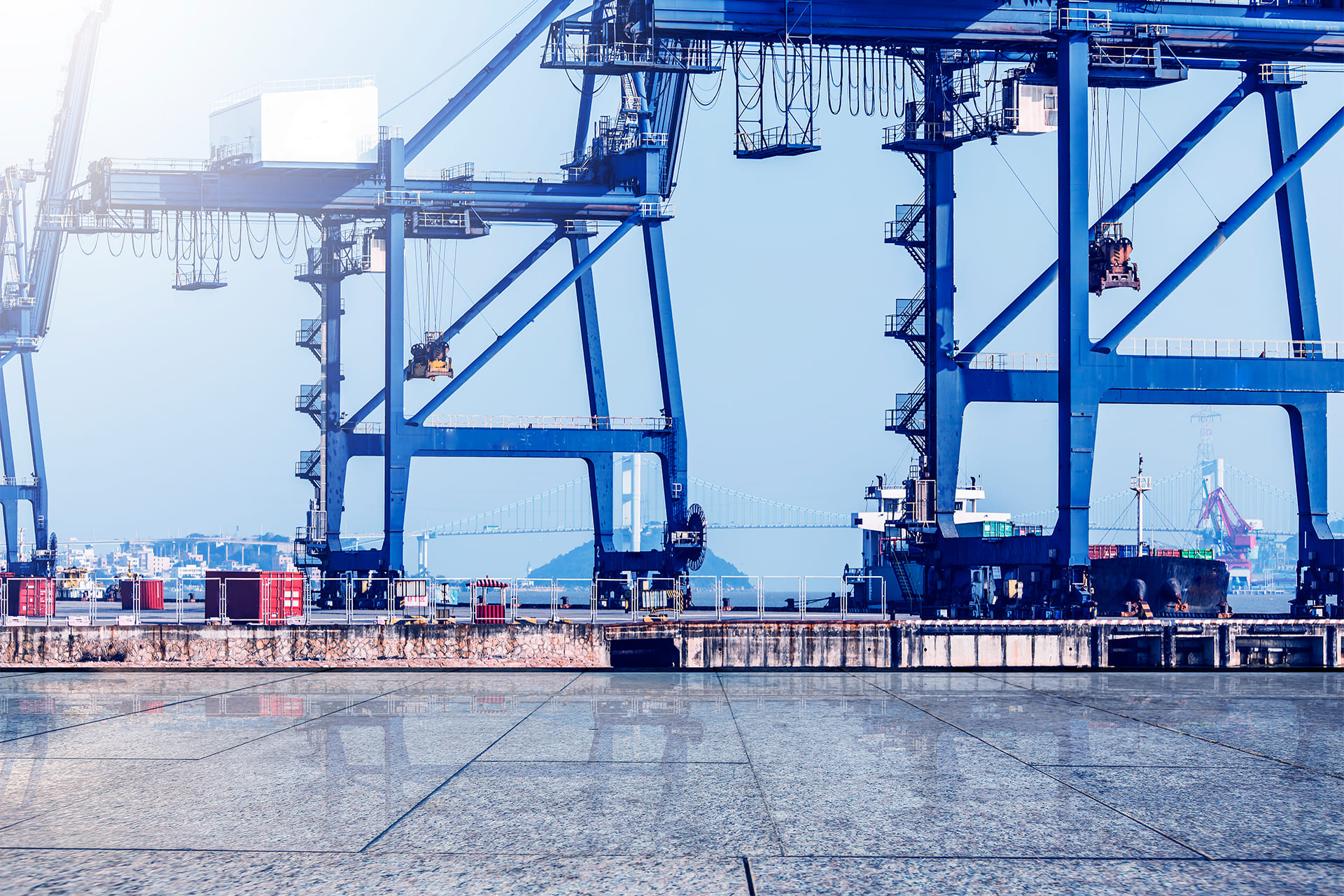Port Infrastructure Innovations: Shaping the Future of Maritime Operations

Posted on Jul 20, 2023 at 04:07 PM
Port infrastructure and all its elements play a crucial role in servicing passengers, providing shipping services, and optimally navigating water, and improving this infrastructure will increase a port's capabilities by an enormous margin.
In this article, we'll discuss port infrastructure, what it is and how you can improve it.
What is the primary port infrastructure?
Port infrastructure includes the infrastructure and facilities inside ports that are required to transport freight and passengers to their designated terminals. In simpler terms, the collection of existing structures (Land dredging, berths for ship mooring, quay walls... etc.) that make up a seaport.
Port infrastructure is a mixture of facilities and equipment, including breakwaters, docks, cranes and other equipment. To ensure all these elements work optimally, ports must keep them well-maintained and functional.
What are port infrastructure and superstructure?
While infrastructure is the foundation of service-providing in ports, superstructure means fixed and mobile equipment and surface arrangements that improve cargo transportation across the harbour.
Infrastructure improvements usually require large quantities of capital investments, grants or funding and are typically made by port authorities. In contrast, port superstructure improvement is made by terminal operators, is less time-consuming, and requires fewer funds and private companies usually do them.
What is port infrastructure development?

Port infrastructure development contains all the efforts businesses and governments pay to strengthen port operations through infrastructure and freight improvement. These improvements can vary from investing in better equipment to updating the energy sources to become more sustainable, like using wind or sea energy to fuel the port's power needs; it might even extend to waste control and bay expansion.
For example, the U.S. has developed the port infrastructure development program (pidp), a discretionary grant program designed by the Maritime Administration to increase the efficiency and capacity of ports. These development programs aim to modernise and improve the efficiency and effectiveness of ports, which are critical gateways for global trade and commerce.
On the other hand, many port management personnel are investing in ports management training courses to improve their marine operations and provide customers with better services.
What are the benefits of port infrastructure improvement?
Today's ports hold a lot of potential for growing better capital and handling more significant numbers of cargo and passengers alike. Instead of leaning towards the construction of new ports, most companies are looking into port development as a management technique; here are a few of the major benefits this will grant these companies:
-
A chance for a better economy: Better port infrastructure means better supply chains for shipping companies. A good investment in a port can go a long way economically.
-
Clean energy and improved sustainability: reducing carbon emissions, using renewable energy, and reducing waste can all boost a port's sustainability by a significant amount.
-
More jobs: Port infrastructure development can provide more logistics, technology, security and operations jobs.
-
Improved trade: With an improved port infrastructure, the trading market of a region can improve significantly, that's because better infrastructure means better terminal design, more diverse container options and enhanced equipment, which in turn will lead to a better economic future for the industry.
Innovations in port infrastructure
Today, there are many types of ports worldwide: inland, coastal ports or small villages to large industrial centres that handle millions of tons of cargo each year.
Developing better solutions for problems will serve a crucial role in building a better future in the maritime world; projects like the port infrastructure development program will help as an example of innovation in the upcoming days for companies to start their innovation program and drive economic growth:
However, innovation doesn't have one shape; there are many ways you can implement innovations in your port today: including:
-
Innovations in the technology department include automated systems, satellite navigation systems and IT applications.
-
Operational innovations such as project management systems;
-
Organisational innovations such as new organisational structures or management styles.
-
Business model innovations such as new business strategies (e.g., franchising).
-
Environmental innovations like clean fuel, less carbon emissions and other efforts to meet international requirements.
-
Innovation in hardware and equipment like expanding the range of containers, operating heavier machines for bulk cargo shipping and creating more efficient systems for cargo handling
Ultimately, the shipping industry needs to be more efficient to positively impact the environment, improve port infrastructure, optimise resources, minimise costs and maximise efficiency.
Related Articles
There are no articles!


